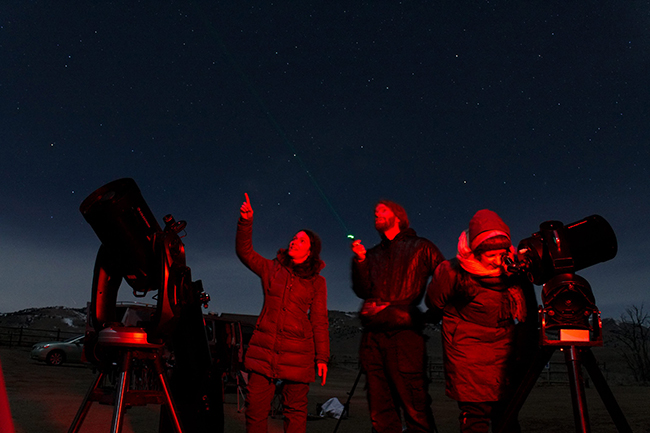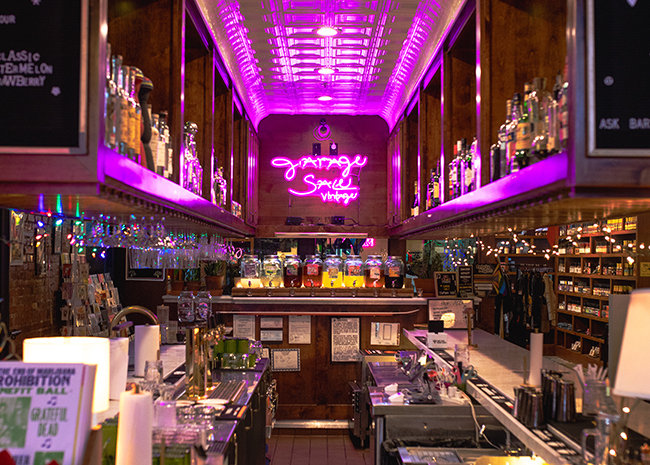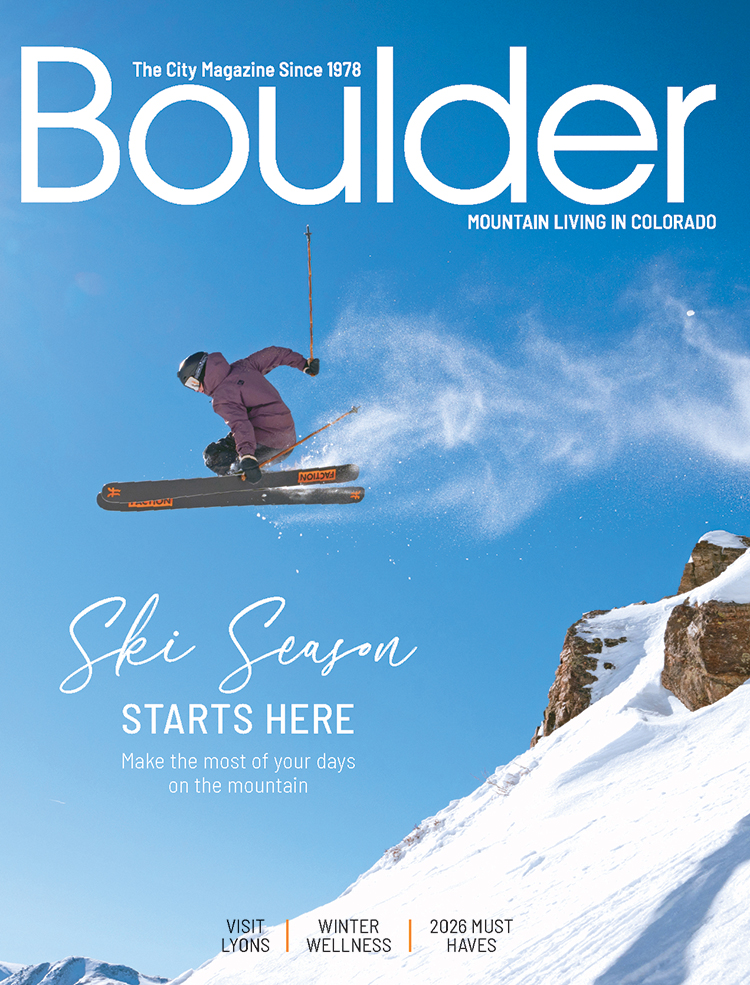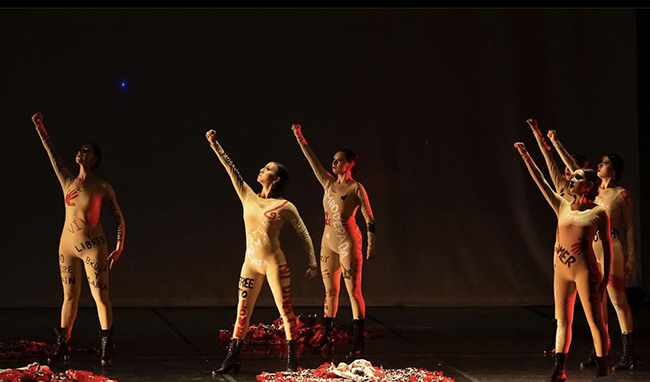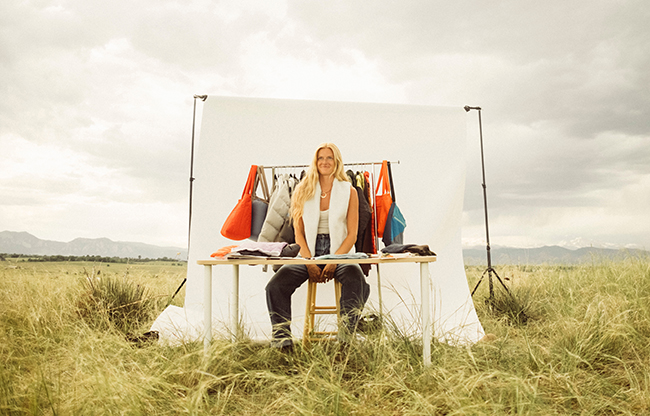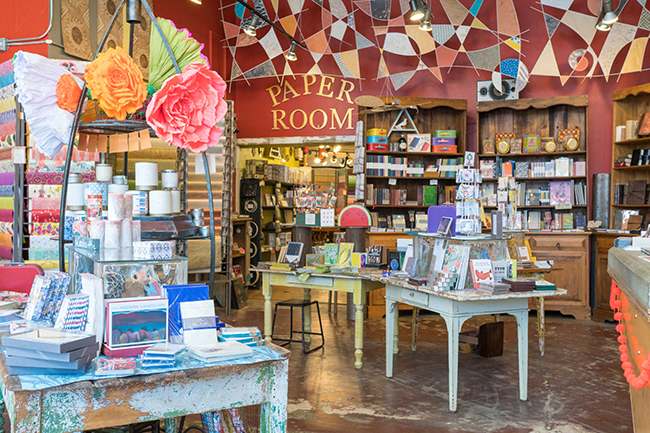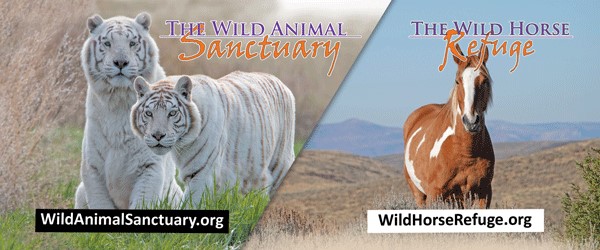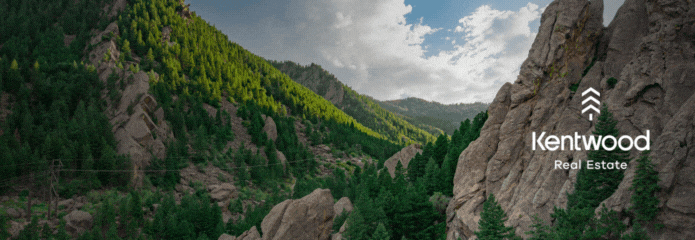Chasing Summits and Spectacular Species
03 Feb 2025
Mountaineer and wildlife photographer Ian Wright offers a glimpse into his life of adventure
By Chloe-Anne Swink
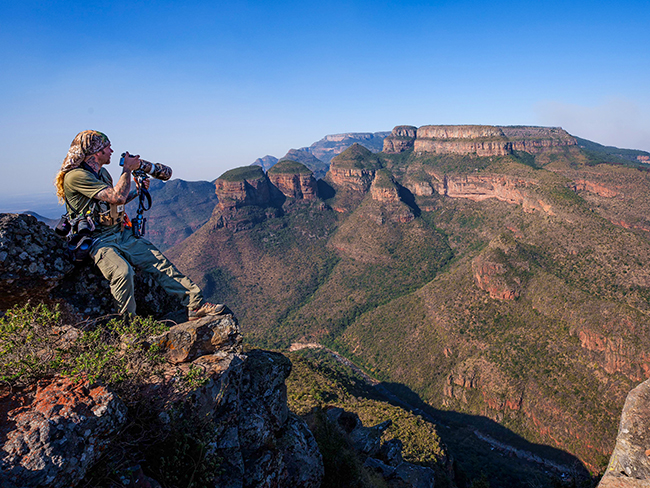
Growing up in New Mexico, Ian Wright climbed mountains since the time he could walk. High peaks drew the now professional wildlife photographer to Colorado, the awe-inspiring peaks of the Colorado Rockies and the San Juan Mountains called his name.
It was no surprise that after moving to Colorado at 25 years old, he succeeded in summiting all 58 14ers in the state. Not once—but twice. Some even more than that.
“There was never really any question as to whether or not I would summit all the fourteeners…” he says. “I ended up finishing my first time in just under two years.”
But achieving such a lofty goal (two times over) was only a launching-off point for what was to come. Goal-driven and dedicated, what started as chasing summits led Wright to a life and career many romanticize, but few pursue.
Wright has bagged thousands of peaks, traveled the world, been mentored by National Geographic photographer Michael Dikovitsky and become a professional wildlife photographer.
What inspired you to take on the goal of hiking all of Colorado’s fourteeners?
It was pretty much the reason I moved to Colorado. I knew right from the get-go that I was going to be summiting the fourteeners. That was one of the main draws to Colorado.
New Mexico—most people don’t realize—has big mountains. It has about five or so thirteeners which, by world standards, a thirteen-thousand-foot, or four-meter peak, is considered a big mountain. Having climbed those mountains, I started looking for more big mountains. After doing a bunch of research, I realized Colorado is pretty much the best place in the whole country for the sheer number of peaks.
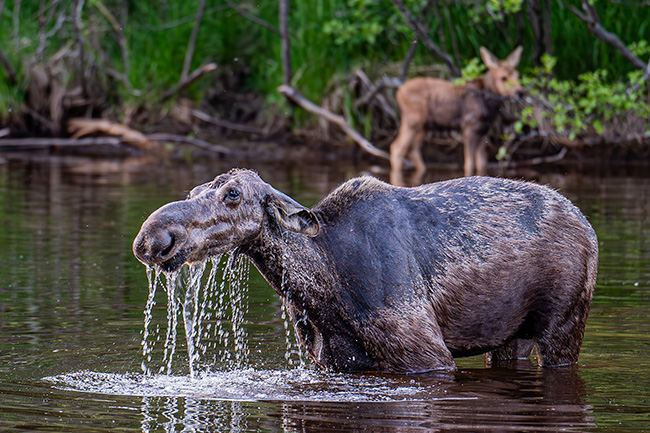
Throughout your time in Colorado, you lived both nomadically and in a cabin in Coal Creek. Did that time affect your journey as a photographer and world traveler?
It really was everything when it came down to it. I was a climber and a traveler first. At a certain point, I realized I wanted to start documenting all of the journeys—the adventures and the climbs I was doing.
Before I was a photographer, I had been a tattooist for ten years. I’m a very artistic person. It didn’t take me long after picking up a camera to put out pro-quality work. Within maybe a year, I was getting requests for prints and photoshoots.
But it was the drive to create my own diary of sorts—my own personal archive of adventures—that led me to become a photographer. I didn’t pick up the camera with the intention of being a professional photographer.
What does a typical day in the life of a wildlife photographer look like?
There are two general approaches you take when trying to photograph wildlife.
The first one is to look up a wildlife hotspot. Go out there and see what you see. See what comes by. Photograph whatever happens to cross paths with you.
The other approach, which is the one I prefer, is setting a specific goal—a specific species that I hope to see and photograph. This is much more work. A vast majority of what I do is finding specific species. That starts in the library—or Google nowadays.
I research that animal like crazy. Once I’ve found an environment that checks all the boxes for what I know this animal would need, I go out into the field. I start looking for signs that the animal might be there like scat, fur, feathers and tracks. In that regard, it’s very similar to hunting, but with a lens.
I also consider it like being a private investigator. In many cases, you can get the best hints from talking to people in the area. You have to put all those pieces together to find a specific species or even a specific individual. Projects like that can take from days to weeks to even years.

Do you create your objectives as a wildlife photographer or are you assigned projects? Typically it’s a self-given project; an animal that I have enjoyed or want to find and photograph.
The way that Nat Geo works is that you apply for a grant. That means you’re picking your objectives. You then submit to them a grant that covers the entire outline of what it’d take to photograph your objective. From there they either approve or deny the request.
What is one of your favorite experiences or projects as a wildlife photographer?
Photographing cheetahs in South Africa. Cheetahs are incredibly rare. There are only about 6,500 of them left in the wild and, in South Africa, there are only about 1,000 wild cheetahs.
This was a major goal for me going to South Africa. However, the place cheetahs are found most prevalently in the wild is Kruger National Park and Kruger is gigantic. It’s as big as some countries. That meant finding an incredibly rare species in one of the largest natural spaces that still exists.
I stayed in that region for almost a month looking for cheetahs. We’d either go out and we wouldn’t get a cheetah or, when we did, they’d be so far away you couldn’t photograph them. I took thousands of photos of cheetahs that were either too far away or the photos were ruined by heat waves.
Finally, on one of my last days in that region, we hired a specialized guide who knew cheetahs were our goal. Being that Kruger has so many protected and dangerous animals, they have pretty hard rules for being in the park past open or closing hours. We made sure that we were in line to be the first vehicle through the gate so we could make it to another region of the park that was a few hours away and hopefully get the cheetah photos before it was too hot.
However, we drove through the gate, and five or ten minutes in, we found this beautiful specimen of a cheetah. A female about two or three years old, right off the side of the road. She had just caught a steenbok, and it was perfect morning lighting.
We got to photograph the entire experience of her eating this steenbok. She was only with the kill for about 10 or 15 minutes. The experience was very short in the grand scheme of things. I’d been trying to get these photographs for over a month. That to me is what makes the experience so noteworthy. The amount of time, effort, energy and the likelihood of getting—not only cheetah shots—but those shots with perfect lighting at a kill site. That’s one in a million.

